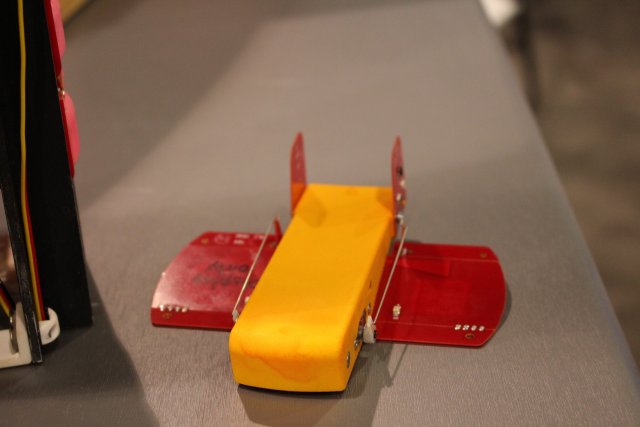In the evolving landscape of drone technology, one innovation stands out that could redefine military operations and surveillance tasks. Imagine a fleet of drones, each a mere palm-sized marvel, launching from a package released high above the earth. This is the ambitious vision of the U.S. Naval Research Laboratory with its Close-In Covert Autonomous Disposable Aircraft (CICADA). As the final testing phase looms, these drones are not merely an extension of aerial capabilities but a glimpse into the future of autonomous marine applications.
The CICADA Breakdown
The CICADA drone is an engineering feat that combines compact design with high functionality. Each drone is equipped with:
- Sensors: Measuring pressure, temperature, and humidity, making them versatile for various missions.
- Lightweight Design: Weighing only 65 grams, these drones can maneuver quickly and efficiently without being a burden.
- Smart Autopilot: Built-in autopilot controls allow them to fly to predetermined locations with remarkable precision.
Deployment Mechanism
The power of the CICADA lies not only in its design but also in its deployment method. Carried by a U.S. Navy P-3 Orion aircraft, the CICADAs can be released from launch tubes containing up to 32 individual drones. Once released from the aircraft, these tiny drones descend rapidly—at about 1,000 feet per minute—and autonomously navigate to their designated targets. The ability to land within a 5-meter square radius showcases their accuracy and potential for tactical operations.
Applications Beyond the Battlefield
The military implications of the CICADA are undeniably significant, but the potential applications extend far beyond defense operations. Here are a few sectors that could benefit from this technology:
- Environmental Monitoring: With their sensors, CICADAs can provide data on atmospheric conditions, helping in weather forecasting and climate studies.
- Disaster Response: In scenarios where traditional drones may struggle, these palm-sized drones can navigate through wreckage to gather vital information for rescue operations.
- Research and Development: Industrial sectors can employ CICADA drones for precision data collection in remote locations, optimizing research facilities.
A New Era of Research and Innovation
The ongoing testing phases for the CICADA represent more than just technological advancement; they mark the culmination of years of research that began back in 2006, leading to its first flight in 2011. As the project transitions into practical applications, the military and research communities are poised to explore even broader uses of drone technology.
Conclusion: Looking Ahead
In conclusion, the swarming palm-sized drones developed by the U.S. Naval Research Laboratory herald a new chapter in drone technology. Their versatility promises to enhance various fields from military to environmental studies. As we look forward to the results of the upcoming flight tests, one thing is clear: the future of drones is as small as the palm of your hand, yet as powerful as never before.
For more insights, updates, or to collaborate on AI development projects, stay connected with fxis.ai.
At fxis.ai, we believe that such advancements are crucial for the future of AI, as they enable more comprehensive and effective solutions. Our team is continually exploring new methodologies to push the envelope in artificial intelligence, ensuring that our clients benefit from the latest technological innovations.

